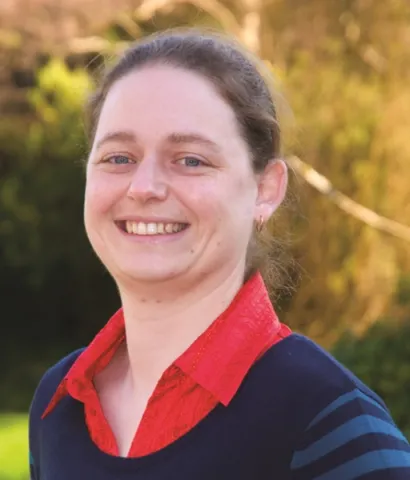Project overview
When we consider how much sand the wind can move, scientists typically consider only the sand being moved by the wind (saltating) above the surface. The surface is assumed to be static, but our recent findings have shown that the surface can accumulate ephemeral protodunes that are a few centimetres thick in minutes. A field of protodunes can store (and subsequently release) sand equivalent to two hours of sand transport over the same area. However, we currently do not know how often protodunes form and degrade. The current project funded by Southampton Geospatial aims to investigate the temporal frequency of protodune formation and destruction in collaboration with the Gobabeb Namib Research Institute. We will install a timelapse camera and meteorological equipment in the Namib Desert where protodunes have been identified and track their dynamics during the Austral winter. Additionally we will quantify the topography and surface roughness using a Terrestrial Laser Scanner in areas where protodunes are not present and compare these surface influences to areas where protodunes do form. Our findings will help support a larger grant rethinking how we characterise aeolian transport in desert and coastal regions.
